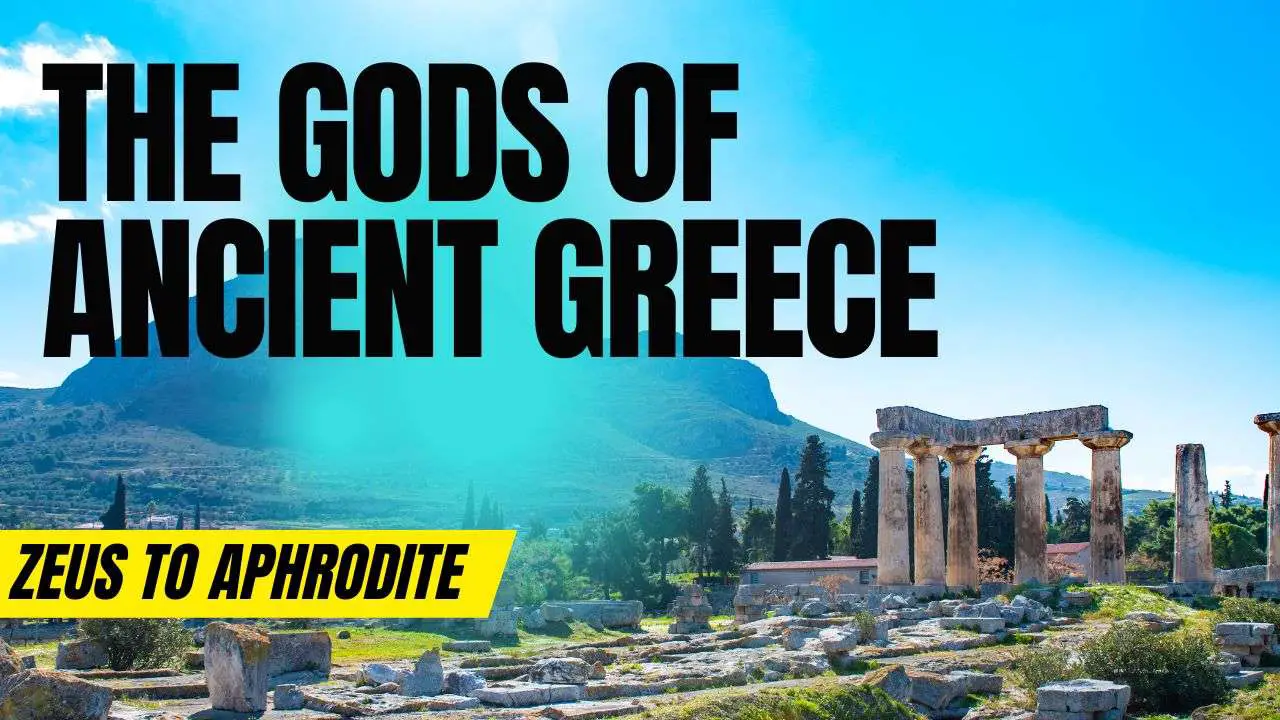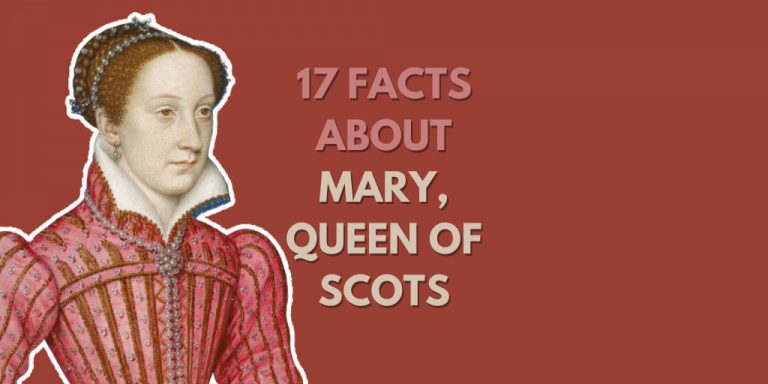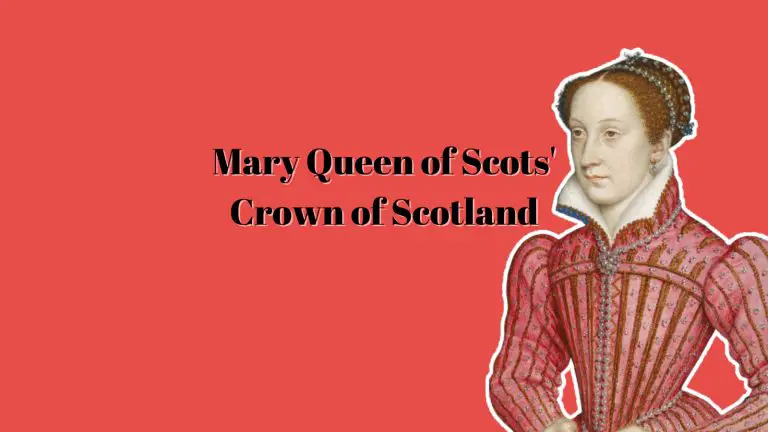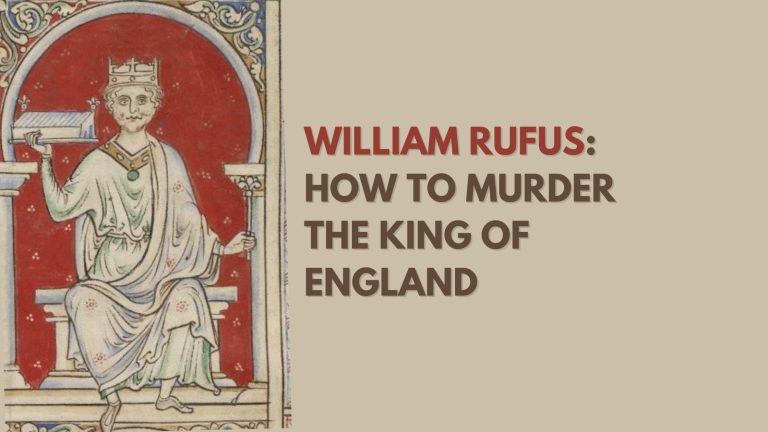The Gods of Ancient Greece: More Than Just Myth?
The reason Ancient Greeks emphasized so many gods and deities can be attributed to the limited knowledge available to the people of the time. Natural phenomenon was typically credited to spirits and divinities. So many phenomena, so many gods.
The family tree of Greek Gods extends far beyond the twelve famous gods of Olympus so well known to us all. At the beginning of time, the Greeks had their Primordial gods that were born out of the chaos that was absolute and omnipresent.
The Titans were the pre-Olympian gods born from the Olympus gods, Gaia (Mother Earth) and Uranus (god of heavens), who also produced the Hecatoncheires (hundred-handed ones) and the Cyclops (circle-eyed). At first, there were 12 titans: six males and six females.
The next branch is of the main Greek gods, the Olympian Gods, who lived on the top of Mount Olympus. Commonly referred to as the Greek pantheon, the twelve took power after coming out as conquerors in the War of the Titans. The gods of Olympus, namely Zeus, Poseidon, Hera, Hestia and Demeter, Hades, Apollo, Artemis, Hermes, Athena, Hephaestus, Aphrodite, and Ares, were born of Cronus and Rhea. Later the Demi-god Dionysus joined them on Mount Olympus. The immortal Greek gods built their divine palaces on the peak of Olympus, from whence they looked upon the world.
It is often the case that the lesser Greek gods and goddesses were forces of nature and are often seen as personifications of nature and natural phenomena.
1. Zeus
Born to Rhea and Cronus, Zeus was the only one not to be swallowed by his father at birth. Cronus was king of the Titans and heard that he would lose his throne to one of his children. After seeing him swallow their first five newborns, Rhea handed him a stone to swallow, wrapped in swaddling clothes as a ruse in place of the 6th newborn. Rhea hid the baby Zeus in a cave on Crete under the guard of the Curetes, or young warriors. He was nursed by the nymph or female goat Amalthea to grow into a strong man. His attempt to free his siblings led to the epic battle between the Titans and the Olympians.
Zeus was the chief deity of the pantheon, a sky and weather god who was the sender of thunder and lightning, rain, and winds, and whose traditional weapon was the thunderbolt. Artists depict Zeus as a bearded, dignified, and mature man of stalwart build wielding a thunderbolt and often with the symbol of the eagle.
Zeus got his first temple at Athens in the 6th century BC, and his temple at Olympia came only after Hera’s.
2. Hera
Hera, queen of the Olympian gods, was Zeus’ sister and also his wife and the daughter of Cronus and Rhea. She was an important role player in Greek literature. Portrayed often as Zeus’ jealous wife, there was good reason for her to be just that, given her husband-brother’s amorous ways with all and sundry. Hera was the consort of Zeus, queen of heaven, and goddess of marriage and of the life of women. As such, she was worshipped at Árgos and Athens as Eileithyia, the birth goddess. She was the patron of Árgos and Sámos, conceived as chief in peace and war alike. Portrayed as a majestic and severe but also youthful matron, the cow was especially sacred to Hera, and the cuckoo and then the peacock was her sacred bird.
3. Athena
The ancient Greek goddess of war, handicraft, and wisdom and the patroness of the city of Athens. According to the ancient Greek poet Hesiod, Athena sprang from Zeus’s forehead wearing full armour. The Iliad has her in battle beside the Greek heroes, representing a contrast to the blood lust of Ares in warfare through her virtues of justice and skill. Portrayed typically as a virgin goddess, he is depicted with a snake and birds, notably the owl.
4. Poseidon
Most well known as the god of the sea, he is, in fact, the Greek god of water in general, earthquakes, and horses. The kingdom of the sea fell to Poseidon, who was the youngest of the 12 Titans, the son of Cronus and Rhea. His name means husband of the earth or lord of the earth. Together with his brothers Zeus and Hades, he deposed their father. His main symbol was the trident which, according to the Greek poet Hesiod was fashioned by the three Cyclopes.
Poseidon, in his role as the god of earthquakes, had an association with dry land. Poseidon was the god of horses and fathered many horses, Pegasus among them.
Artists depicted Poseidon predominantly as a sea god, represented by the characteristics of the trident, the dolphin, and the tuna.
5. Aphrodite
Aphrodite is the goddess of sexual love, fertility, and beauty in Ancient Greek mythology. Hesiod, the poet, has it that she is named after foam, the Greek word being aphros since Aphrodite emanated from the white foam that came about when Cronus threw the genitals of Uranus (Heaven) into the sea after he severed them. She was the goddess of the sea and seafaring and the goddess of war, especially at Sparta, Cyprus, and Thebes. She was known to have a close connection with Eros, the Horae (Seasons), and the Graces (Charites), which lends credence to her being the promoter of fertility. She was known to preside over marriage on occasion. Prostitutes regarded Aphrodite as their patron.
Aphrodite e is commonly symbolised by the dove, swan, pomegranate, and myrtle. Artists depict her fully clothed and with no distinguishing features to distinguish her from other goddesses. It was only later that she was depicted fully nude by Praxiteles when he carved her figure for the Cnidians. This first full-scale female nude became the model for Hellenistic masterpieces such as the Venus de Milo in the 2nd century BC.
6. Ares
Ares is more the spirit of battle than the god of war, representing the distasteful aspects of brutal warfare and slaughter. He was not widely worshipped in Greece, being that his popularity was minimal.
In the northern areas of Greece, Ares was worshipped, with his cult displaying interesting local features. Human sacrifices of prisoners of war were offered to him at Sparta in ancient Greece. At Enyalius, the unusual sacrificial victims of dogs were made to him as. At Athens, his temple sat at the foot of the Areopagus or “Ares’ Hill”.
In mythology, Aphrodite was sometimes depicted as Ares’ legitimate wife by whom he fathered Deimos, Phobos, Harmonia, and Eros. Ares is depicted on vases as the typical armed warrior.
7. Apollo
Apollo is the Olympian god of the sun and light. But he is also the god of music and poetry, order and beauty, healing and plagues, prophecy and knowledge, archery and agriculture. He is the perfect personification of harmony, moderation, and reason and also the perfect combination of moral virtue and physical superiority. Apollo is the only major god who has the same name in Roman and Greek mythology. He equals Zeus in the number of appearances he makes in literature and art.
Apollo may mean destroyer, redemptory, purifier, assembler, and/or stony. It is all just conjecture, really, as far as the origin of the name is concerned. Modern scholars tend more towards accepting its association with the Greek word apella, meaning a sheepfold, suggesting Apollo to have originally been a mere protector of the flocks and herds. With time he evolved into the classical, perfectly developed male nude, the kouros. He is depicted as beardless with an athletic physique, often wearing a laurel and holding a bow and arrow or a lyre and plectrum. Linked with Apollo mythically are the wolf, swan, dolphin, python, mouse, and deer.
8. Artemis
The goddess of chastity and childbirth, wild animals, the hunt, and vegetation, Artemis was the twin of Apollo and the child of Zeus and Leto. This was the goddess who danced in mountains, forests, and marshes, often with nymphs. As the Mistress of Animals, not only did she kill the game, but she was also their protector.
In pre-Hellenic times, she would have been worshipped in Crete or on the Greek mainland. As Limnaea and Limnatis, the Lady of the Lake, Artemis oversaw waters and lush wild growth, accompanied by the nymphs of wells and springs. Her dances were wild and lascivious in certain parts of Greece.
She was usually depicted by poets and artists in the company of a stag or hunting dog.
9. Hephaestus
Hephaestus was the god of fire, originating as a deity of Asia Minor and the islands. He was born lame, and his mother, Hera, in disgust, cast him out of heaven. An argument saw him again cast out, this time by his father, Zeus. Dionysus returned him to Olympus, where he was a blacksmith and craftsman, crafting weapons and military equipment for the gods and particular mortals. He made the winged helmet and sandals for Hermes and the armour for Achilles. In Homer’s Iliad, Charis was his wife, but he is traditionally known to be married to Aphrodite.
Artistically, Hephaestus is depicted as a middle-aged man with a beard wearing a tunic with short sleeves and a round close-fitting cap over wild hair. At times, though, he is also depicted as a beardless, younger god.
10. Hestia
Goddess of the hearth, Hestia is one of the 12 Olympian deities and the daughter of Cronus and Rhea. She chose to remain a maiden for all time rather than accept the attentions of Apollo and Poseidon, and Zeus responded by conferring on her the honour of overseeing all sacrifices.
Hestia was connected with Zeus quite closely, the god of the family, inasmuch as it related to hospitality and internal unity. Her connection with Hermes represented domestic life as well as business and outdoor life. Hestia went on to be known as the hearth goddess of the universe.
11. Hermes
Hermes had Zeus as his father and the Pleiad Maia as his mother. His name is surmised to come from the Greek word for a heap of stones, such as those used for boundaries or landmarks. In Arcadia, he was especially worshipped as the god of fertility, and his images were ithyphallic.
In literature and cult, Hermes’s association with the protection of cattle and sheep was well shown, as was his connection with deities of vegetation, notably Pan and the nymphs. The Odyssey shows him as the messenger of the gods and the conductor of the dead to Hades. As a dream god, his followers offered Hermes the final libation before sleep. He was also the god of roads and doorways and protector of travellers. He was credited with any stroke of good luck and the chance discovery of treasures. Similar to Apollo, Hermes was a patron of music and also the god of eloquence, presiding over some kinds of popular divination.
The sacred number of Hermes was four, and he was born on the fourth day of the month. Artistically he was portrayed as a full-grown, bearded man wearing a long tunic, often with a cap and winged boots. At times he carried a sheep on his shoulders, representing his pastoral character. In the late 5th century BC, he was depicted as a young athlete, naked and without a beard.
12. Demeter
Demeter was a consort of Zeus as well as an ancient goddess of agriculture, especially grain, and the goddess of health, birth, and marriage, but she also worshipped as a divinity of the Underworld. She was not among the Olympian deity and was most famous for causing the famine in the story of Persephone by not paying enough attention to the harvest.






